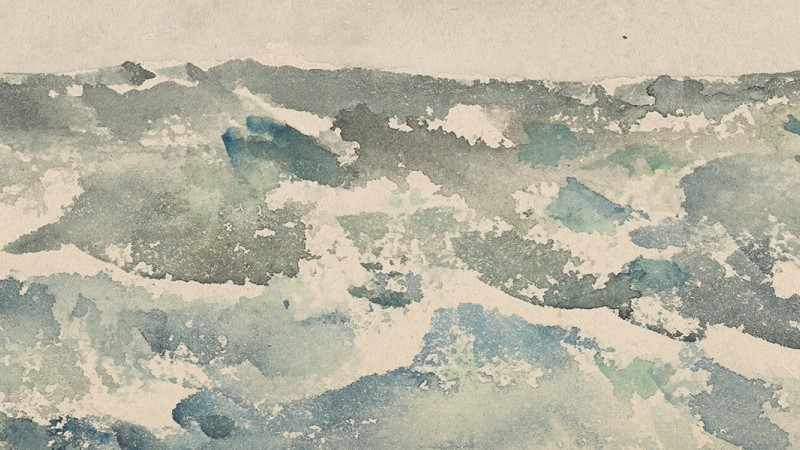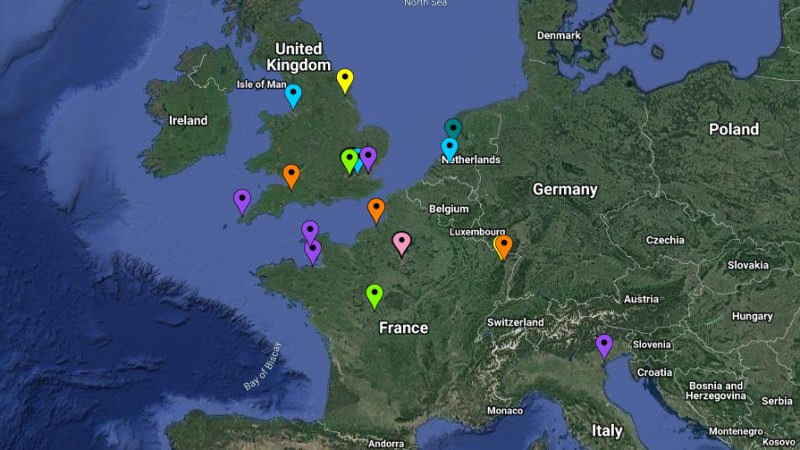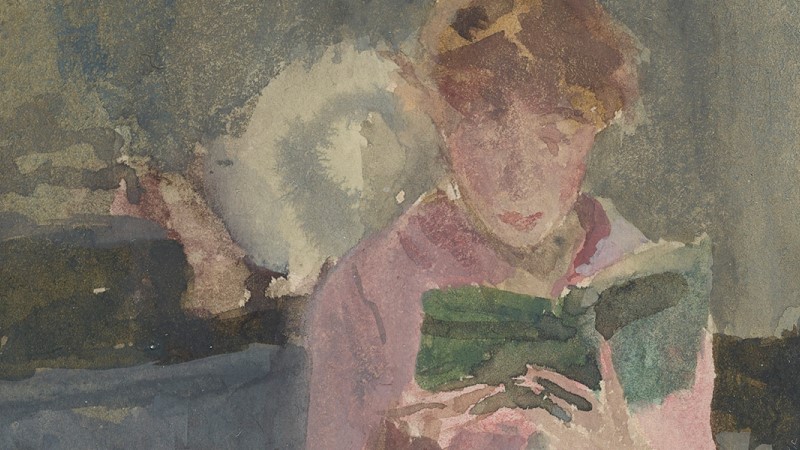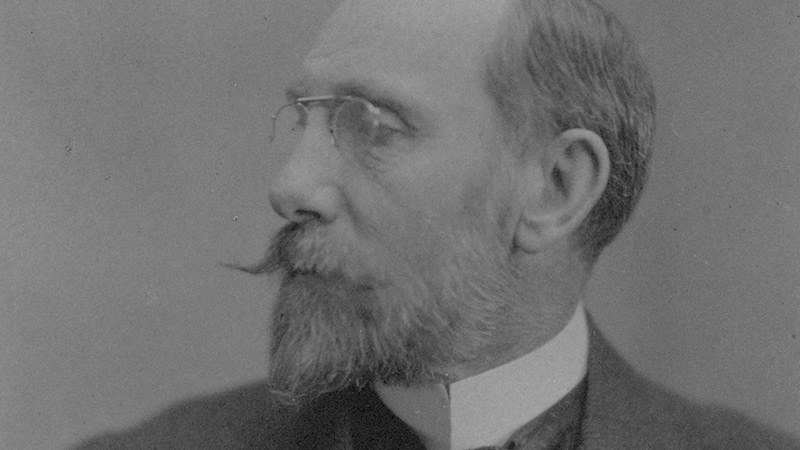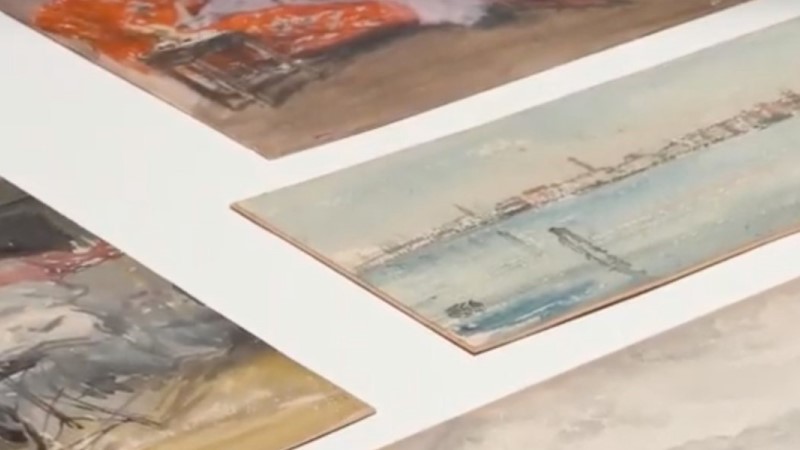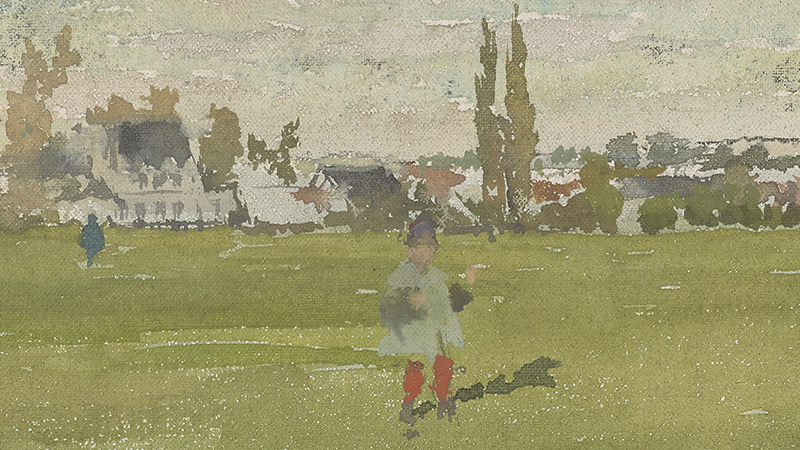Whistler in Watercolor
The Freer Gallery of Art is home to the world’s largest collection of James McNeill Whistler’s watercolors. Originally acquired by museum founder Charles Lang Freer (1854–1919), the collection comprises more than fifty seascapes, figures, interiors, and nocturnes.
This online catalogue introduces visitors to the artist’s vast creative output in watercolor and provides access to rarely seen works that have never left the confines of the Freer Gallery. It incorporates collaborative research by our museum’s curatorial, conservation, and scientific staff to illuminate the artist’s techniques and materials.
The Whistler in Watercolor online scholarly catalogue invites visitors to explore the collection with state-of-the-art technical imaging and archival documents, map the location where each artwork was created, and more. Each object in the online catalogue is accompanied by tabs detailing extensive curatorial information, including the work’s provenance and exhibition history, technical analysis of the pigments and papers, and scientific imaging using ultraviolet, infrared, and x-ray.
For James McNeill Whistler (1834–1903), watercolor was the medium through which he reinvented himself in the 1880s and painted his way into posterity. Although he used watercolor for preparatory studies in his early years, he only embraced the medium in earnest in the period that followed the scandals occasioned by a public falling-out over the Peacock Room with his patron, Frederick Leyland, and a financially disastrous libel suit against Victorian art critic John Ruskin.
Beginning in 1881, Whistler abandoned large-scale pictures in favor of diminutive, quickly executed “notes” and “arrangements.” “I have done delightful things,” he confided to a fellow artist, “and have a wonderful game to play.” Whistler’s “game” had a dual purpose: to refer to both his latest work and his plans for selling it.
Whistler made arrangements with the Dowdeswell Gallery to exhibit his new work in the spring of 1884. Presented as “Notes”—“Harmonies”—“Nocturnes,” the exhibition was the first in a series of shows that Whistler orchestrated over the next five years to highlight his small works, develop his presence in the British and American art markets, and lay a foundation for his legacy.

If you are a first time user:
User Guide
Citation Instructions

